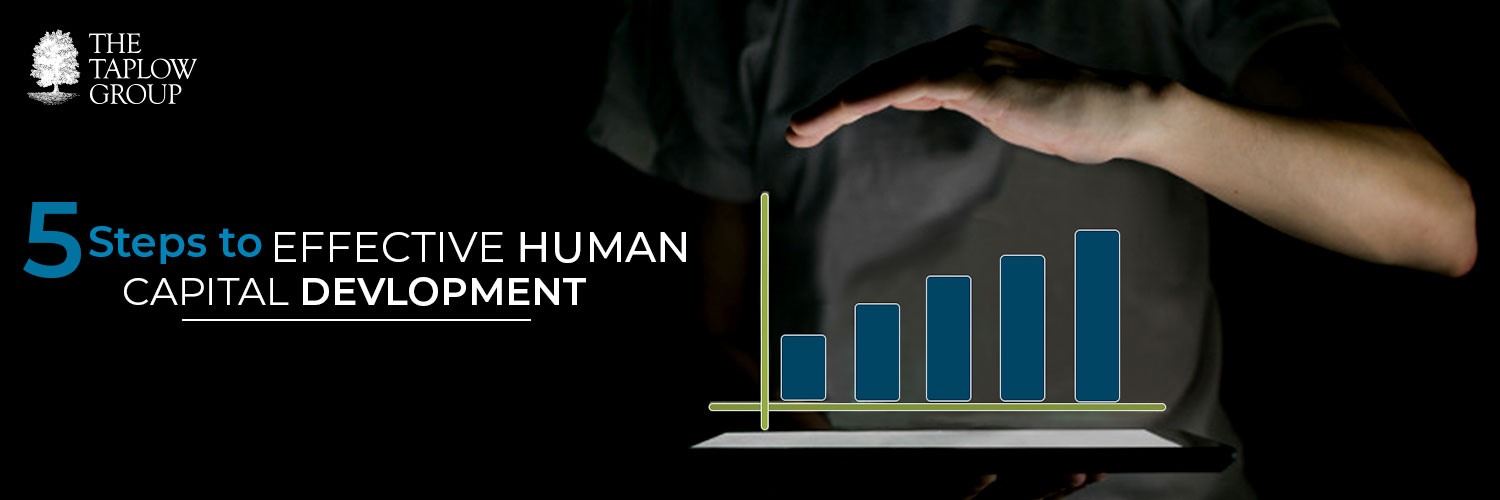For an organisation to remain competitive, its workplace processes, systems and strategies must continuously change and evolve. Most industries have a pressing demand to respond to the fast-moving global economies and technological advancement to keep up!
A slight change in the business affects its most important asset- the Human Capital. Losing an employee is a high-priced task due to the associated recruitment costs. This means that if any employee leaves the company, some of the essential and intimate knowledge base also leaves with them.
ABOUT EFFECTIVE HUMAN CAPITAL DEVELOPMENT
An effective human capital development plan has the ability to support a smooth transition and also ensure that the employees are well prepared in advance through the change journey. It becomes crucial for the team to adapt to the new leader so that it has a minimum impact on the workflow.
Here are six key steps that an organisation needs to follow for effective human capital development:
- Define the development clearly and align it to your business goals
As important it is to articulate the required change, so is to conduct a critical review against organisational objectives and performance goals. This ensures that the change will carry the organisation in the right path strategically, financially, and ethically. - Regulate the development and its impact
Once you are clear with what exactly you wish to achieve, it becomes crucial to determine the impact of the change at various levels. Each business unit must be reviewed for the effect of how it will cascade through human capital development. This kind of information will form a blueprint to determine where training and support are needed the most to mitigate the impacts of development. - Evolve your communication strategy
Each employee should be taken along on the journey of change. However, there will be few specific employees who will be highlighted in the first two steps, you absolutely must communicate the development plan to them. Communicating the change is as important as how you communicate it. The communication strategy must include a timeline for how the development will be conveyed, key information and messages, and also the communication channels and mediums you are planning to use. - Administer effective training
Now, since the human capital development journey is communicated well, it is important for the employee to know that they will receive the required training- whether structured or informal, to teach the skills needed when the change is rolled out. - Implement and measure the change process
To build the proficiency of behaviour and technical skills, it is important to provide a support structure to assist the employee during and after the time of change. Throughout the human capital development process, a well-settled structure should be put in place to measure the impact of development. Evaluation is required to ensure continued reinforcement opportunities exist to build proficiencies; it also determines its effectiveness and documents the adaptability.
